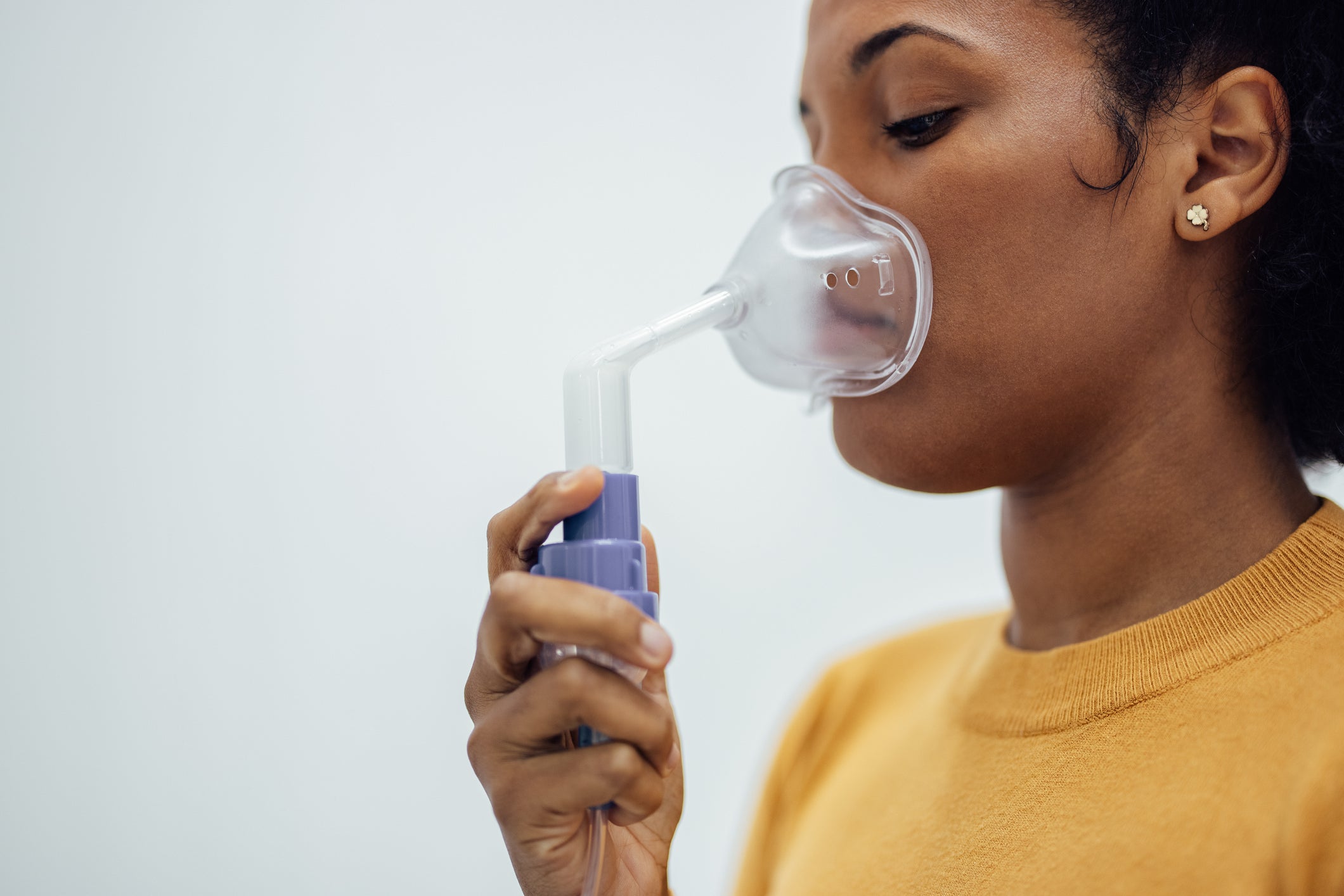Unhealthy housing conditions may worsen neighborhood asthma burden

In-home asthma triggers reported by tenants in Boston were associated with higher rates of emergency department (ED) visits for the disease, according to a new study led by Harvard T.H. Chan School of Public Health. The study also found that these asthma triggers—such as inadequate temperature control, chronic dampness, mold, poor ventilation, and pest infestations—and related ED visits were significantly higher in predominantly Black and Latino neighborhoods.
The study was published Oct. 16 in JAMA Network Open and was led by Adam Haber, assistant professor of computational biology and environmental health. Other Harvard Chan researchers involved in the study included doctoral student Zichuan Li and postdoctoral research fellow Sophia Carryl.
While the link between unhealthy housing conditions and asthma exacerbation has been extensively studied at the individual level, it’s unclear to what extent those conditions drive asthma burden at the population level. To fill this information gap, the researchers examined tenant reports of in-home asthma triggers and ED visits for asthma between 2021 and 2024 in Boston. They aggregated this data—procured from the city’s open data hub and electronic health records from the city’s major health system, Massachusetts General Brigham—at the neighborhood level. They also used data from the American Community Survey to study housing conditions and asthma outcomes in the context of neighborhood demographics.
The researchers’ analysis included 2,406 asthma ED visits from 1,698 unique patients and 7,259 tenant reports of in-home asthma triggers from 552 residential block groups (geographical census subdivisions of around 1,000 residents). The study found a significant positive association between tenant reports of in-home asthma triggers and asthma-related ED visits. The study also found that report rates of triggers were roughly 172% higher in neighborhoods with higher proportions of Black residents and roughly 72% higher in neighborhoods with greater proportions of Latino residents compared to neighborhoods with higher proportions of white residents.
“These findings demonstrate that the ongoing deleterious effects of the well-established causal relationship between unhealthy housing and asthma are detectable at the population level,” the researchers wrote. “Redoubled efforts to improve the effectiveness of housing code enforcement and universal access to healthy housing are essential to reduce overall asthma burden and disparities.”
Read the study:
Tenant Reports of In-Home Asthma Triggers and Adult Emergency Department Use


